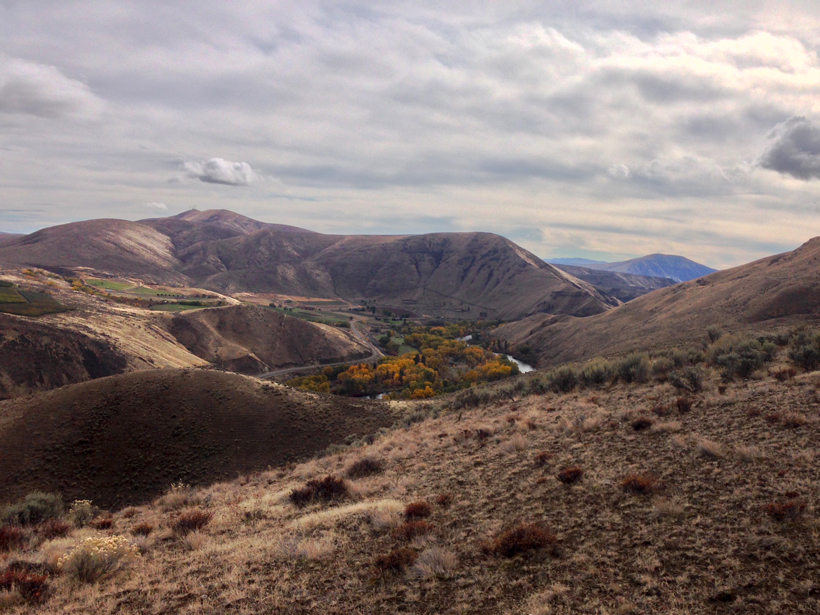Granite samples collected from the Mekong River Valley reveal that the river’s path was incised roughly 17 million years ago, most likely by increased erosion from monsoon precipitation.
Miocene
Constraining Central Washington’s Potential Seismic Hazard
Fault geometry and slip rate analyses show deformation in the Yakima Fold Province accelerated in the Pleistocene and has remained elevated, offering new insights into earthquake recurrence intervals.
Fossils Provide New Clues to Tibetan Plateau’s Evolution
The bones of ancient rhinos, elephants, and fish constrain when the Tibetan Plateau rose high enough to prevent migration, a move that forced animals to adapt to high-altitude conditions.
Reinterpreting the Age and Origins of Taiwan’s Yuli Belt Terrane
Uranium-lead dating of zircons from Taiwan’s east central metamorphic belt offers robust evidence that this uplifted terrane is some 90 million years younger than previously thought.
Earth's Carbon-Climate Feedbacks Varied in Past Warming Episodes
Records from drill holes in the eastern equatorial Pacific indicate that Earth's orbital eccentricity played an important role in controlling climate as the planet warmed.
Dynamics of the Earth's Surface in the Eastern Tibetan Plateau
River erosion increased rapidly following rock uplift events in the plateau approximately 11 million years ago.





